The Emirate of Maritime Jihad in Salé: Pirate Epics That Terrorized Europe
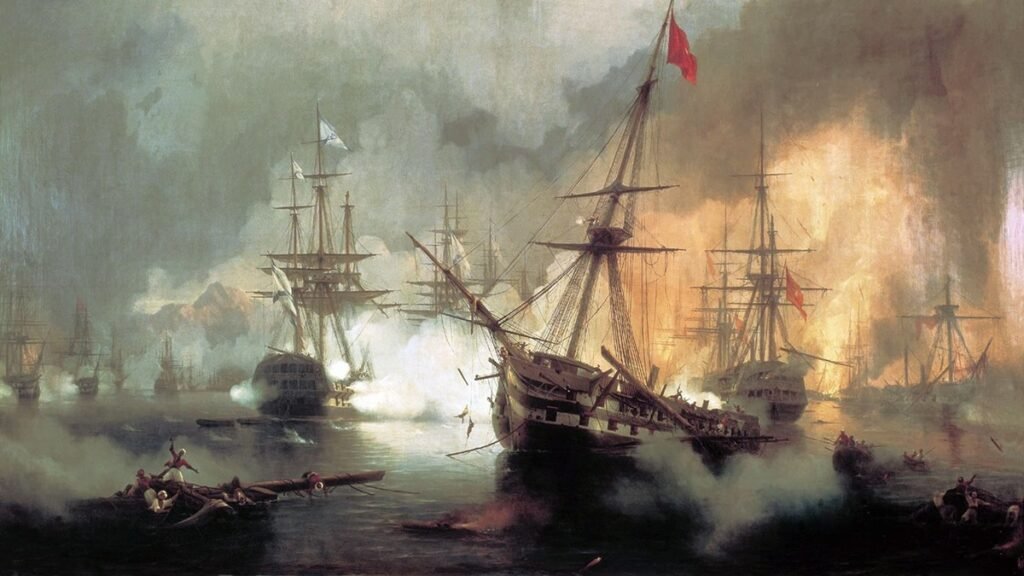
Represents Emirate of Bouregreg or Emirate of Salé The semi-independent kingdom, centered around the cities of Salé and Rabat (New Salé) at the mouth of the Bouregreg River, marked one of the most unusual and unique eras in Moroccan history. This emirate was not merely a political entity; it was also a naval powerhouse that exerted its influence over navigation in the Mediterranean and Atlantic basins, providing Morocco with exceptional deterrent power in the seventeenth century.
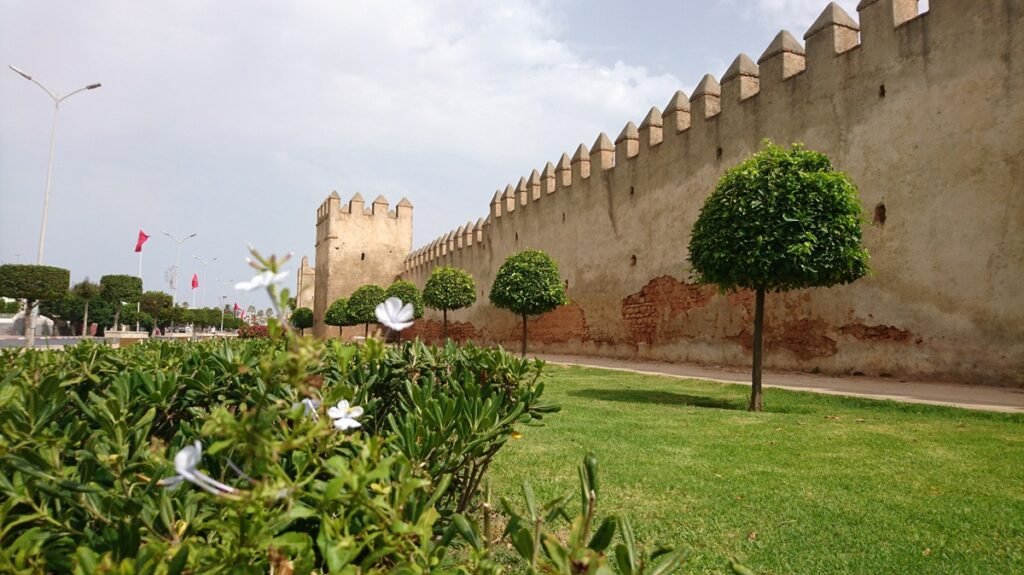
Origins and Foundation: The Roots of Andalusia on the Atlantic Coast
The roots of this maritime emirate go back to the beginning of the seventeenth century, specifically after the expulsion decree issued by the Spanish King Philip III against Moriscos (Muslims who were forced to convert to Christianity in Andalusia and then expelled) between 1609 and 1614. Large numbers of them came to Morocco, and some of them settled, especially refugees from the region Hornachus Spanish, who were known as The Harnashis In the Kasbah and New Salé (present-day Rabat)
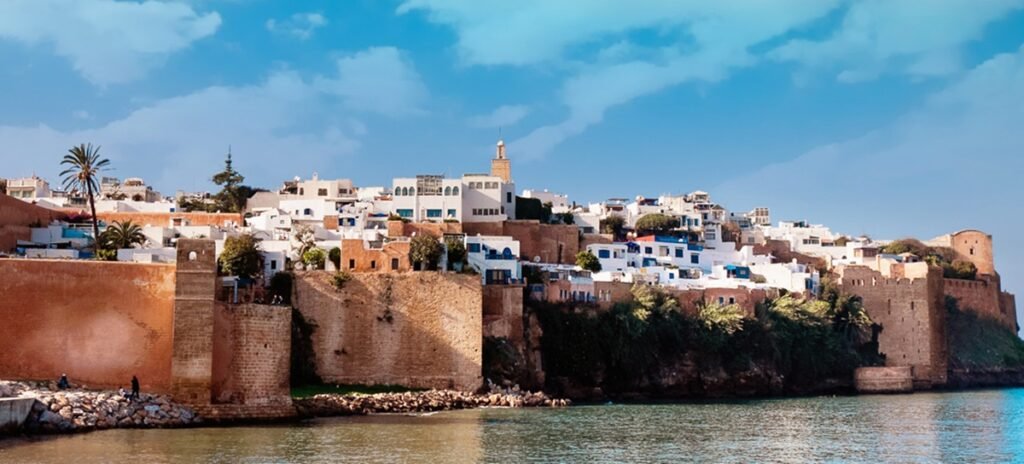
These Moriscos, driven by revenge and seafaring expertise, found in the strategic location of the mouth of the Bouregreg River an ideal launching point for maritime jihad against the European powers. The activity began as piracy or “maritime jihad,” paying 10% of its revenue to the Saadi sultan. However, the turning point came in the year 1627When the Harnachis declared their rebellion against the central authority and expelled the representative of the Saadi Sultan, declaring the establishment of their independent entity, which was known as In the Emirate of Salé or Emirate of Maritime Jihad in Bouregreg.
A unique political system was established to govern this “emirate” through a council called The Diwan“It consisted of 12 to 16 dignitaries who were elected annually in May. The Diwan chose a governor or Grand Admiral“This transfer of power, and the division of the office between the components of Old Salé, the Kasbah, and New Salé, gave this entity the status of a somewhat independent "city-state," which represents the source of its uniqueness as a Moroccan administrative model characterized by decentralization and relative independence within a traditional monarchy.
The Age of Prosperity and Prestige: Leaders, Business, and Status
This emirate, which lived almost independently for about 41 years old (1627-1668), which was under the control of the Dilaites from 1641 to 1668, a huge military and economic power. The main activity was Maritime Jihad“ Or piracy, which targeted European merchant and military ships.
The most important leaders
Among its most prominent leaders are controversial figures, most notably:
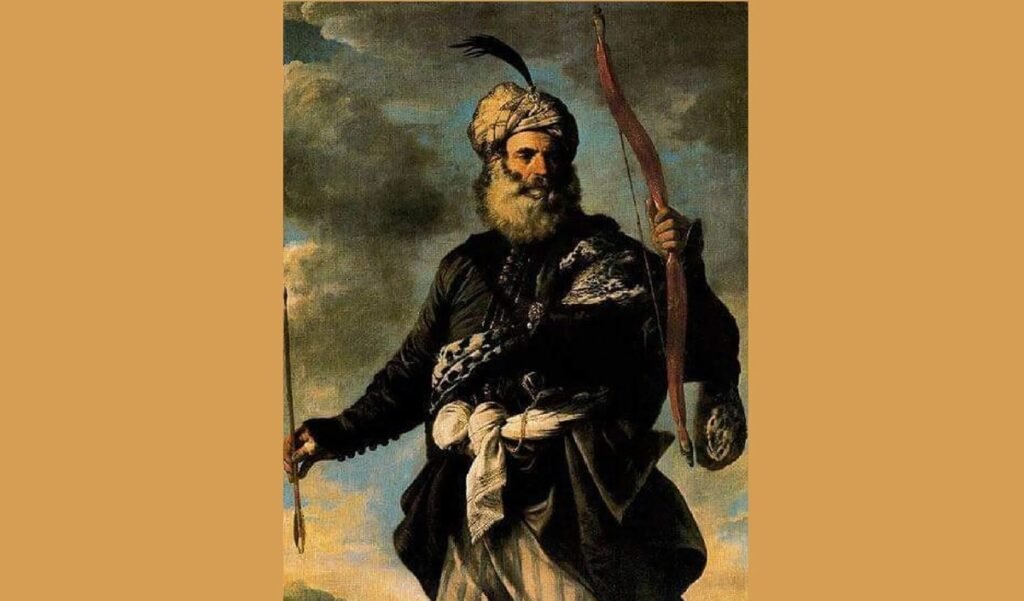
Murad Rais Jr. (John Jansson): A Dutch pirate who converted to Islam and ruled the emirate in an early period (1624-1627), he is credited with expanding the scope of raids to the farthest limits.
The Mujahid Muhammad al-Ayashi: A well-known Moroccan leader who waged jihad by sea and land against the Spanish. He entered into conflict with the Moriscos before they agreed with him and elected him as leader for a brief period.
Morisco and Harnachi leaders of the Diwan: who rotated power and elected the “Grand Admiral” annually.
The emirate's business and its influence
The raids of the Salé pirates reached farther shores than any other Muslim pirates in the Atlantic, reaching Ireland, Iceland (in a famous raid in 1627), the Canary Islands, and even America on occasion. They captured ships and prisoners, who were sold in the slave markets of Rabat and Salé or ransomed for huge sums.
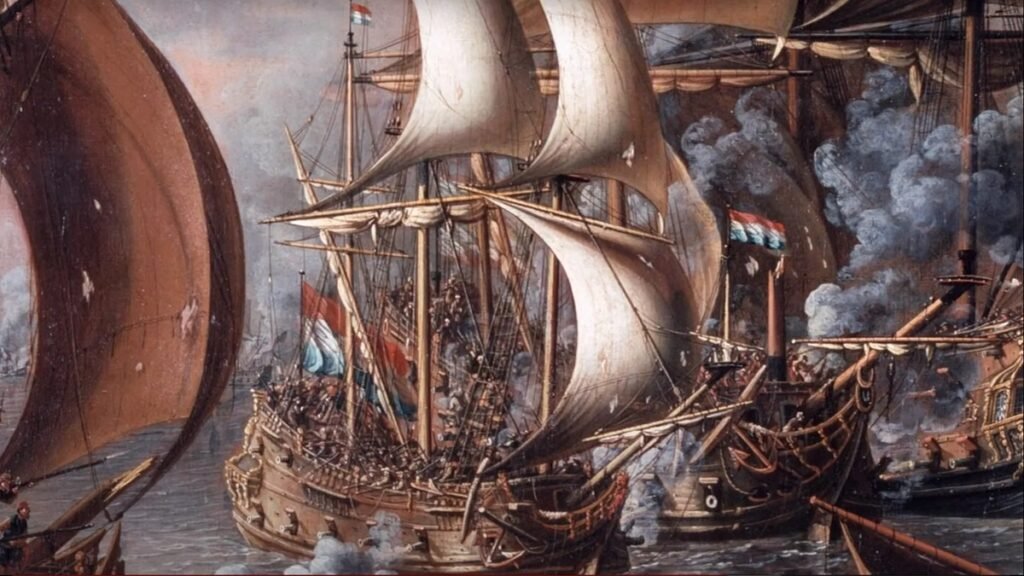
The prestige of the emirate and its influence on navigation: This power greatly imposed its prestige on European powers. Britain, Spain, and France were forced to conclude deals and diplomatic exchanges with Salé to free their prisoners and secure their ships. Indeed, Britain was among the first countries to recognize the emirate in an effort to protect its trade. For a period, the Salé Sea was a sea of terror for European fleets, and major powers were forced to pay tribute or ransom to free their citizens. Interestingly, some European prisoners, such as the French Moit, who was captured in 1670, wrote books about their travels in Morocco, documenting the prestige of this emirate.
End and Integration: Return to Central State Authority
The relationship between the Emirate of Maritime Jihad in Salé and the central authority in Morocco (the Saadi and then Alaouite dynasties) was characterized by tension and tension. Initially, the emirate paid tribute to the Saadi sultan, but it declared its de facto independence, leading to armed conflict and a siege of the city.
The end of this entity came with the rise of Alawite state which worked to unify Morocco and subjugate all independent powers. After a period of relative control by the Dila'i zawiya over Salé (from 1641 to 1668), the Alaouite sultan Moulay Rachid From the final end of the independence of the emirate in the year 1668 After the siege of the Kasbah and the city, however, naval activity in Salé did not cease immediately. Rather, it was incorporated into the royal fleet of the Alaouite dynasty, and raids continued until the reign of Sultan My Lord Suleiman In the nineteenth century, realizing that the European imbalance of power was harming Morocco more than it was benefiting it, he dismantled the Salé naval fleet, thus ending the era of "maritime jihad" and the myth of the pirate emirate that had sowed terror in the hearts of Europeans.
This small entity, with its decentralized political heritage, its multilingualism (Arabic, Andalusian, Spanish, Dutch, and others), and its fleet's reach to the far North Atlantic, remains a symbol of Morocco's maritime strength and resilience in the face of European pressures and the challenges of the seventeenth century, making it a crucial chapter in the annals of Moroccan history.





